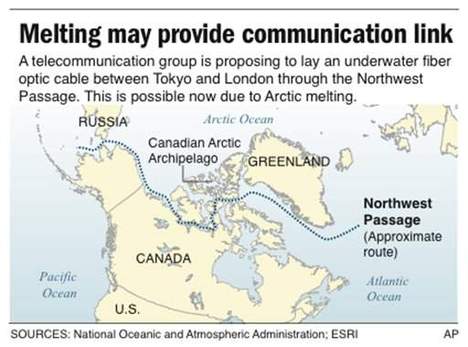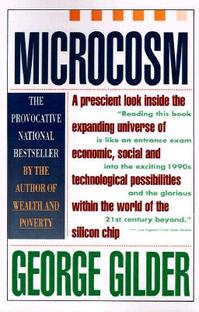 “Members of the public watched the first test flight of the Boeing 787 on Tuesday in Everett, Wash.” Source of caption and photo: online version of the NYT article quoted and cited below.
“Members of the public watched the first test flight of the Boeing 787 on Tuesday in Everett, Wash.” Source of caption and photo: online version of the NYT article quoted and cited below.
In their stimulating business best-seller Built to Last Collins and Porrus have a chapter in which they argue that one way to attract and retain the best employees is to give them a difficult but important project to work on. They call such projects “BHAGs,” which stands for Big Hairy Audacious Goals. Among their main examples (e.g., p. 104) of BHAGs were Boeing’s development of the 707 and 747.
Boeing’s latest BHAG is the 787 Dreamliner.
(p. A25) EVERETT, Wash. — The new Boeing 787 Dreamliner lifted into the gray skies here for the first time on Tuesday morning, more than two years behind schedule and burdened with restoring Boeing’s pre-eminence in global commercial aviation.
“Engines, engines, engines, engines!” shouted April Seixeiro, 37, when the glossy twin-engine plane began warming up across from where spectators had informally gathered at Paine Field. Ms. Seixeiro was among scores of local residents and self-described “aviation geeks” who came to watch the first flight.
Moments after the plane took off at 10:27 a.m., Mrs. Seixeiro was wiping tears from her eyes. A friend, Katie Bailey, 34, cried, too.
“That was so beautiful,” Ms. Bailey said.
For the full story, see:
WILLIAM YARDLEY. “As 787 Takes Flight, Seattle Wonders About Boeing’s Future.” The New York Times (Weds., December 16, 2009): A25.
(Note: the online version of the article has the title “A Takeoff, and Hope, for Boeing Dreamliner” and is dated December 15, 2009.)
The reference for the Collins and Porras book is:
Collins, James C., and Jerry I. Porras. Built to Last: Successful Habits of Visionary Companies. New York: HarperBusiness, 1994.






